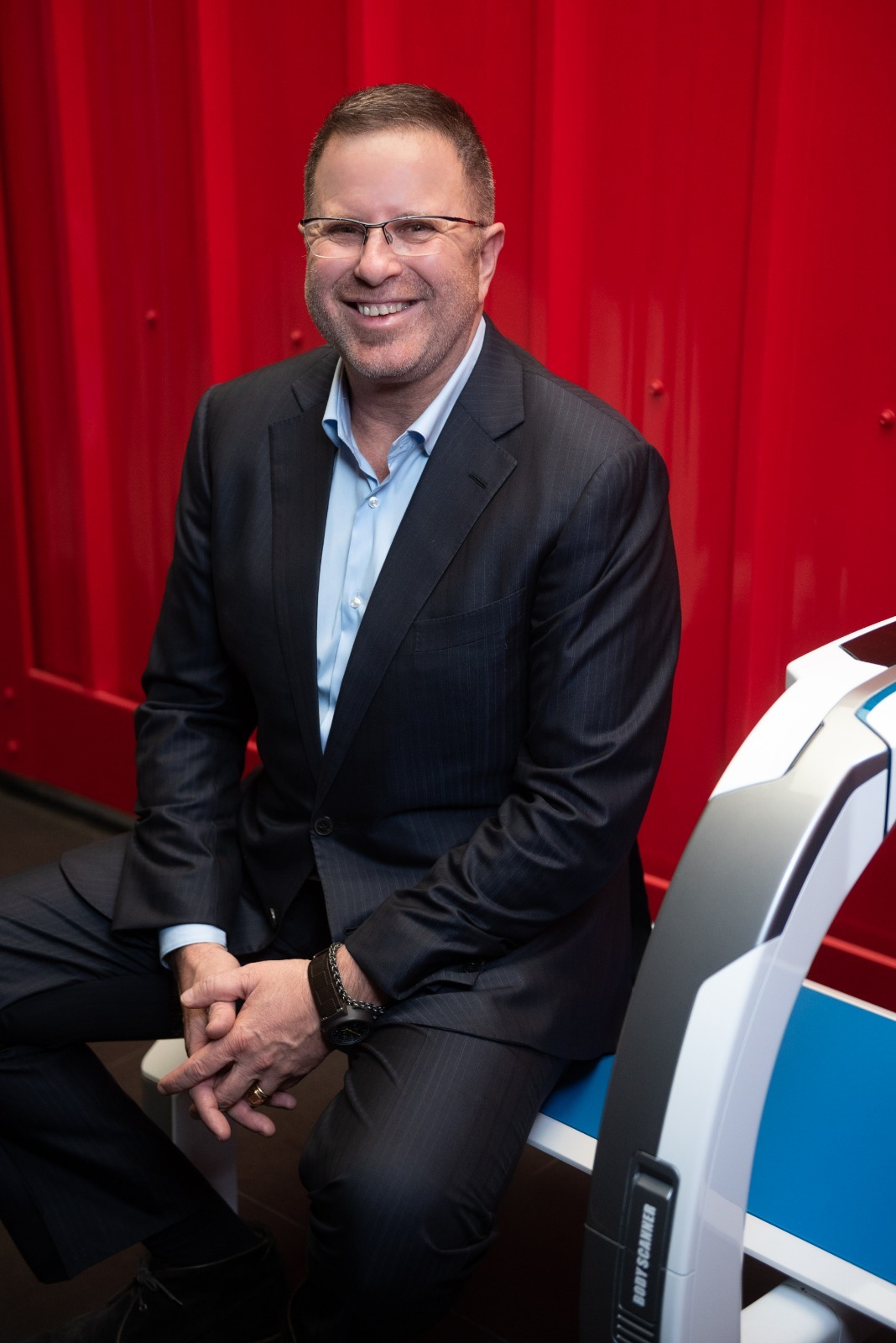
Vaccine rollouts are picking up steam and many parts of the world are gradually beginning to relax restrictions and reopen their economies. While this welcome news is cause for celebration, it is crucial for decision-makers in developed countries to understand the reality: for the most part, it is only developed countries that are really moving through this. Less fortunate parts of the world—notably Brazil and India—have practically served these past few months as petri dishes for mutations that are powering another deadly wave of the virus. Pandemics are global by definition, and if these challenges aren’t addressed, it will come back to haunt all of us.
India in particular has been hit hard, with many cities across the country breaking records for new cases on a near-daily basis. New Delhi, the country’s capital, has registered a whopping 300,000 new cases since April 21 and shows no signs of slowing down anytime soon. Due to the sheer magnitude of India’s population—1.36 billion people—it’s a hotbed for many deadly diseases. What’s even more striking is that due to a lack of adequate medical infrastructure, many Indians lack access to basic healthcare needs.
According to a recent Fitch Group study, more than 80 percent of the Indian population still does not have any significant health insurance coverage, and nearly 70 percent has limited or no direct access to essential medication or diagnostic services, such as X-Rays and MRIs. Furthermore, it’s estimated that the country has 8.5 hospital beds per 10,000 citizens, and eight physicians per 10,000 people, a clear illustration of the country’s lack of infrastructure.
As of 2019, India’s rural segment accounts for 65 percent of the country’s total population. However, it is estimated that 75 percent of the country’s healthcare infrastructure is concentrated in urban areas where just a quarter of the population lives. And while private healthcare establishments have made their way into certain areas of the country, rural healthcare in India is still characterized by understaffed facilities with poor diagnostic infrastructure. These numbers paint a bleak picture of the capacity of a country like India to combat the spread of the current pandemic. And, as COVID-19 has shown us, the consequences of the shortcomings of one nation’s infrastructure can’t always be contained by geographic borders.
How to leverage technology to assist developing countries’ health systems
In today’s world, helping developing countries revamp and drastically improve their healthcare outcomes doesn’t necessarily mean white robes on the ground. That is what groundbreaking medtech is for, and it has experienced a renaissance during the pandemic.
Telemedicine is a form of healthcare delivery that has garnered serious mainstream traction in recent years, especially last year. Various technologies that fall within the industry allow medical practitioners to care for their patients without having to be physically present with them.
Additionally, telemedicine enables doctors to help their patients in a number of ways that were previously difficult or impossible, including issuing medication prescriptions, therapy guidance, and assistance with self-diagnostic procedures via the use of technical instruments.
Adoption of Telemedicine is on the rise
To put telemedicine’s rapid growth into perspective, prior to 2020, telemedicine was the preferred mode of communication for just 4 percent of patients living in the United States. As one can imagine, in-person medical services across America have dropped by as much as 52 percent since last March while demand for telemedicine services have soared exponentially.
It also stands to reason that with the devastating effects of COVID-19 likely to linger on for a few more years, an increasing number of government agencies will promote the use of telephonic medical services in the foreseeable future.
Science has also revolutionized the global diagnostics market
The past few years have witnessed the advent of many scientific breakthroughs that have helped redefine the concept of remote healthcare delivery. For example, traditionally routine X-Ray or MRI examinations have been quite hassle-ridden for patients, requiring them to jump through many hoops and formalities before they are able to get anything done.
We now have handheld devices that enable users to conduct X-Ray tests from the comfort of their homes at a fraction of the cost of an examination in a standard diagnostics laboratory. Better yet, these devices are extremely user-friendly and can be operated by untrained patients without any risk of adverse side effects.
Crucially, these remote diagnostic tools can dramatically improve healthcare delivery for individuals living in remote areas across a host of developing nations. Thanks to the power of these handheld devices, a doctor sitting in a village in India can diagnose and administer efficacious treatments more easily for his or her patients, saving countless lives without depending on local medical infrastructure. In fact, as remote solutions continue to advance and globalization continues its march forward, there is nothing stopping doctors from developing countries from treating patients in India, Brazil, Africa, and elsewhere.
The healthcare industry can no longer afford to be constrained by artificial geographic borders, physical space, and the hurdles of yesterday when we have the technology to solve the challenges a globalized world brings. It is up to developed countries to lead the way in introducing and implementing remote healthcare solutions, and the rest of the world will inevitably follow. Just like everything else, the healthcare of tomorrow is global.
About Ran Poliakine
Ran Poliakine is an Israeli businessman and entrepreneur, now serving as the CEO and Co-Founder of Nanox. Having also founded and led Powermat Technologies, Poliakine is recognized as one of the early pioneers of the wireless charging industry.
